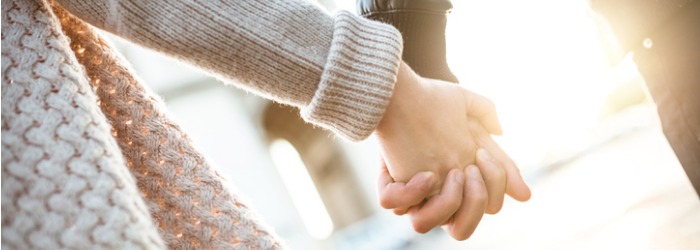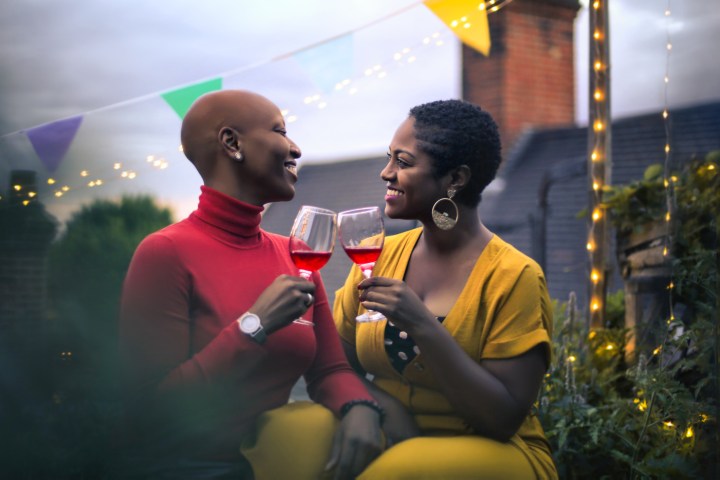How Men’s and Women’s Sexual Fantasies Differ

Justin J. Lehmiller, a leading expert on human sexuality and author of the popular blog Sex and Psychology, has made it his career’s ambition to answer questions such as what do we really want when it comes to sex? and how can we break the barriers that prevent us from communicating about our desires? He undertook a monumental two-year study of sexual fantasies involving more than 4,000 people from all walks of life, which offers an unprecedented look into our fantasy worlds and what they reveal about us…
There is an often repeated notion that men and women are so dramatically different in their psychology that we might as well think of them as coming from different planets. When it comes to sex, it is said, men and women have completely different physical and emotional needs. There’s just one problem: this idea is based on stereotypes, not science.
Men and women are not polar opposites when it comes to their sexual psychology. Most of the things that men fantasise about, women fantasise about as well— and vice versa. For example, gender stereotypes suggest that threesomes and group sex are typical fantasy themes for men but not women. These stereotypes also suggest that romance is a typical female but not male fantasy. However, the truth of the matter— and what my survey results reveal— is that most men and women have had both types of fantasies before. This tells us that there’s actually a lot of commonality in what people desire when it comes to sex, regardless of their gender identity.
However, it’s not fair to say that we’re exactly the same, either. It’s definitely not the case that men and women are identical with respect to what they fantasise about the most or how often they do it. For instance, although most men and women have had group-sex fantasies, men are more likely to have them, and they have them more often. Likewise, although most men and women have had passion and romance fantasies, these fantasies are more common among women, and women have them with greater frequency. These differences are nowhere near the stereotyped proportions, but they still tell us something important about our sexual psychology. Therefore, we would be wise to take a close look at them.
- No, not all women are bisexual— but women do have a more flexible sexuality
- Women care less about who their partners are but more about where they have sex
- Women have more BDSM fantasies than men
- Women have more emotion-based fantasies than men
- Men have more group-sex fantasies than women
- Men have more taboo fantasies than women
- Men have more gender-bending fantasies than women
The conclusion I do not want you to take is that, when it comes to sexual desire, men are from Mars and women are from Venus. But there are a lot of ways that men’s and women’s sexual fantasies differ and a lot of those differences may stem from fundamental underlying differences between female and male sexualities— most notably, the idea that women’s sexuality is more flexible than men’s. Attending to these differences is important because it can help us to better understand, for example, why men and women don’t always agree on what they want when it comes to sex and why they may find different kinds of pornography to be sexually arousing. That said, the fantasy worlds that populate our minds are much more alike than they are different. Most men and women are fantasising about the same things; the main difference is really in the frequency with which they have a given type of fantasy.



